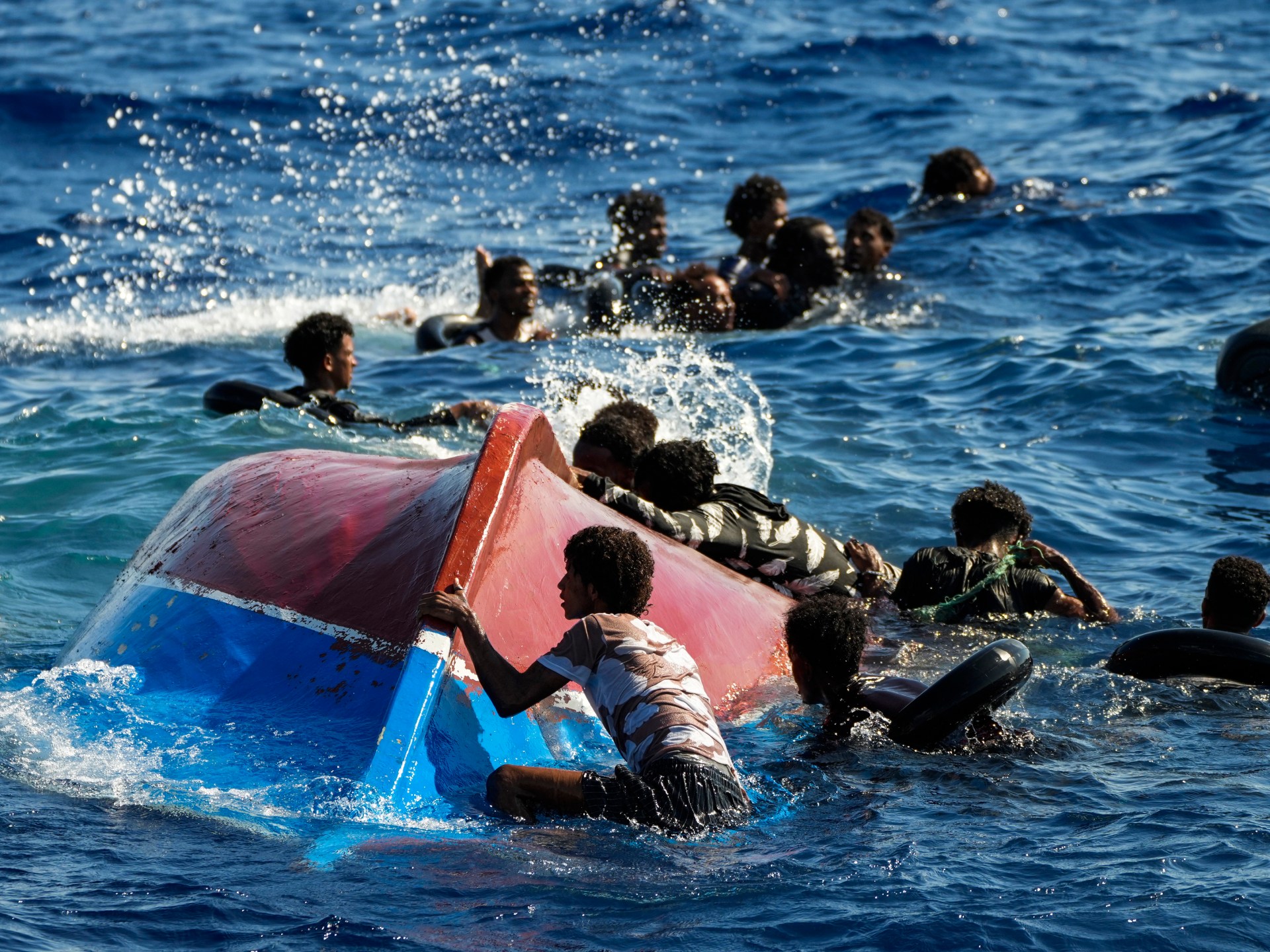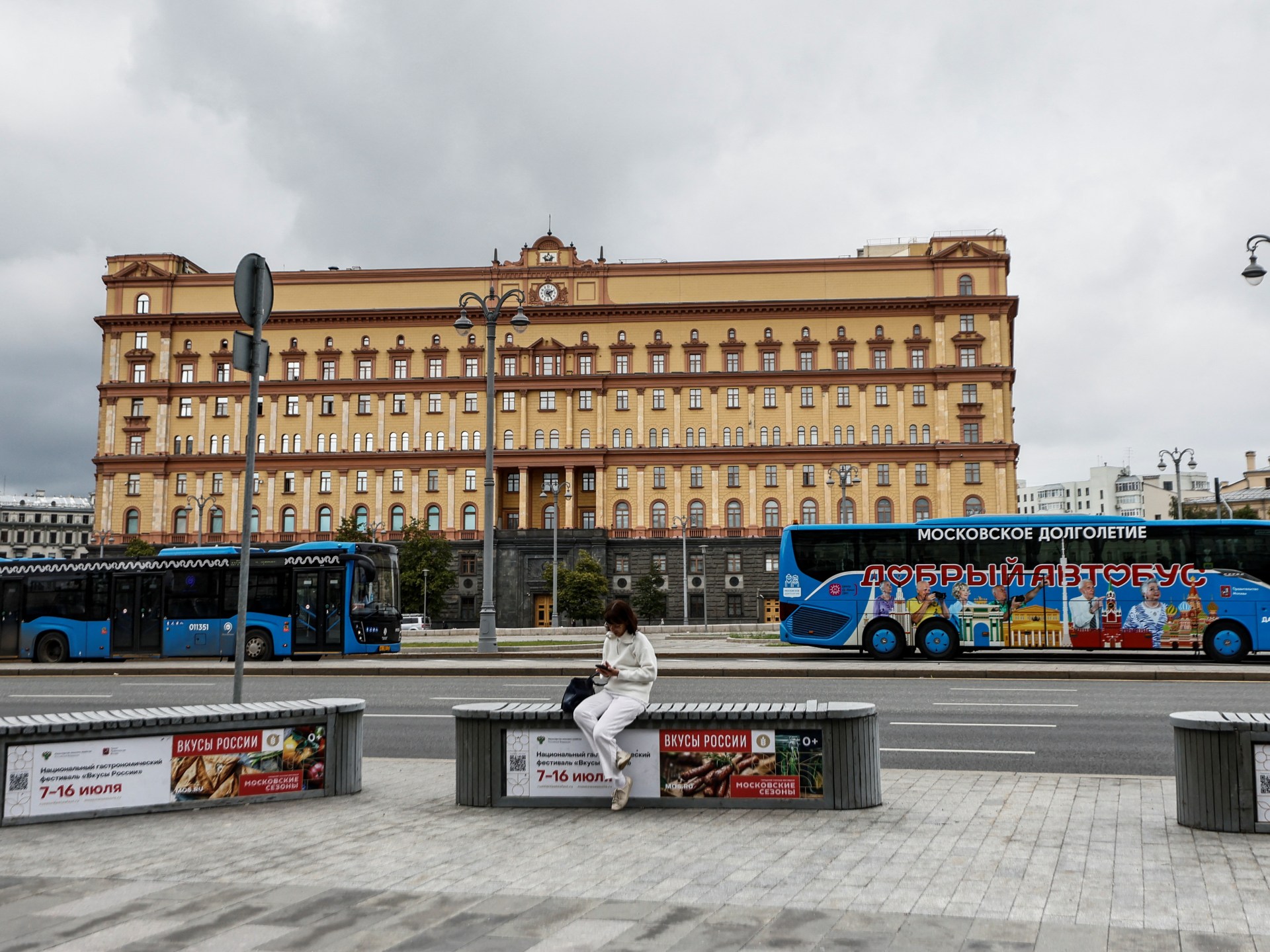How the weather could impact Election Day 2022
A busy election cycle means millions of voters will cast ballots that will determine the balance of power for the next two years, but political experts say Mother Nature might have a say in which races may see a higher turnout.
On Tuesday, all 435 seats in the House of Representatives are up for grabs, and voters will decide on 35 seats in the Senate.
Many of the races are considered to be a dead heat, and it could come down to turnout that will decide who controls the legislative branch.
Dr. David Richards, an associate professor and political chair at the University of Lynchburg, is watching a slew of races closely and said that the smallest impacts could significantly influence who will claim victory.
“Higher turnout means inevitably you have less of the party faithful. The smallest of factors could impact turnout, and that even includes the weather,” Richards said.
A collaborative study published in The Journal of Politics found that the correlation between bad weather and voter turnout may be more than a fluke theory that is trotted out as a talking point every November.
The authors found that voter participation dropped off about one percent per inch of rain, and snowfall decreased turnout by nearly half a percent for every inch of accumulation.
Research published in the journal Frontiers in Psychology found that voter turnout increased by 0.14% for every 1.8 °F jump in temperature.
Additionally, the research found that warmer temperatures generally increased the likelihood that voters kept the incumbent party in power.
“Generally, the trend of more and more early voting means weather on Election Day plays a smaller and smaller role, but there are some caveats. The less dedicated often now wait until Election Day if they vote at all, meaning any weather setback, like rain or cold, will be more likely to put off these more casual voters,” Richards stated.
Here are the five things to know about the forecast for Election Day.
It’s going to be warm in most of the country
Most communities east of the Rockies will see temperatures either at or above average due in part to a massive ridge of high pressure.

Temperatures in the 60s could reach as far north as South Dakota, and the Ohio Valley is expected to see temperatures reach the 70s on Election Day.
Richard believes the warm weather could help keep turnout high in several eastern states but warns due to early voting, there will come a point when turnout begins to taper off well ahead of the scheduled precinct closing times.
“In Pennsylvania, Georgia and Florida voting has been strong, but because of sheer numbers, turnout on Election Day will be lower because you run out of interested voters at some point,” Richards said.
There will be a lunar eclipse
History will be in the making in the skies as the first visible lunar eclipse on a major Election Day in the U.S. takes place.
The moon will briefly be covered by the Earth’s shadow as the sun and the moon align with our planet.
The eclipse is expected to begin around 5:17 a.m. EST and peak just before 6 a.m. on Tuesday.
The celestial event will be over before the polling precincts open at 7 a.m. on the East Coast, but Richards warns people might hark back to the saying there “must be a full moon” if something unexpected happens in the political world.

People regularly associate odd occurrences with the full moon, but there is little truth to the folklore.
“Studies have found minor effects on circadian rhythms. Significant enough they have found patterns but not significant enough that force people got nuts or something similar to that,” Richards said. “If people are paying attention to it, they’re going to say, ‘okay, here’s an election where these two events are happening.’ It is an interesting coincidence but nothing more than that,” Richards said.
A storm system will keep the Southeast coast unsettled
A non-tropical low-pressure system is expected to develop over the southwest Atlantic and meander off the coast of the Southeast.
Depending on the exact location of the low and a pressure gradient that forms north of the center, blustery conditions and scattered showers are expected to develop.
If the low ventures close to shore, scattered showers from the Carolinas to Florida are possible.
The impacts will be more of the nuisance variety and cause nor’easter conditions along the coast.
Severe weather is not anticipated, but winds could keep Tuesday blustery.
The FOX Forecast Center said the National Hurricane Center is monitoring the potential disturbance for the chance of tropical or subtropical development, but even if the system earns a name, the impacts are expected to remain the same.
West Coast could deal with various forms of precipitation
A significant storm system could be underway across the Rockies and the West that could cause some turbulent weather.
Forecast models show rain in lower valleys and snow in higher elevations.
The weather system will enable a continued stormy pattern and help the cooler weather prevail for large parts of the region.
The Desert Southwest is one of the few areas that will likely escape significant impacts from the precipitation, but temperatures will be below average.
Check out our Latest News and Follow us at Facebook
Original Source






